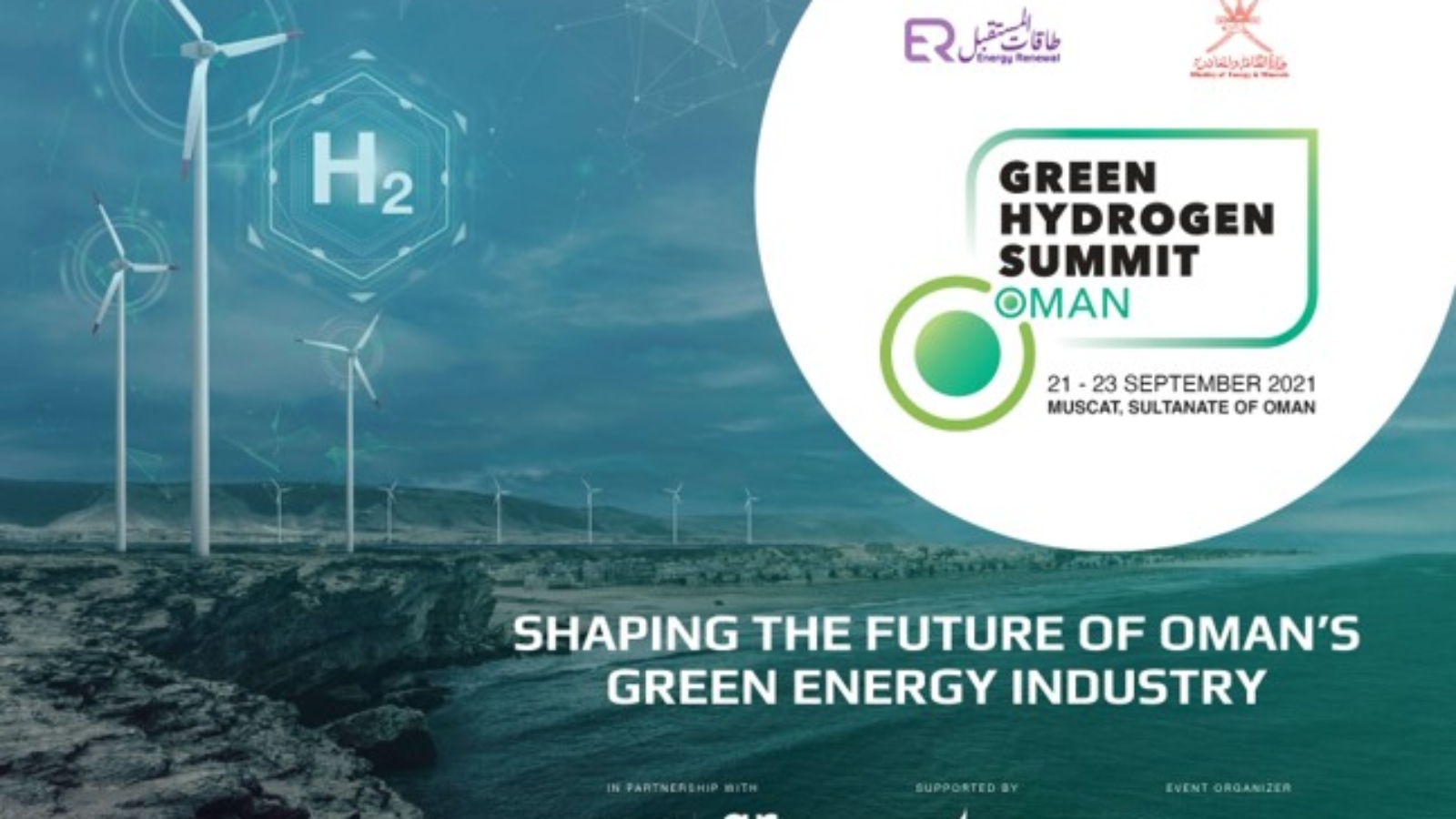The Sultanate of Oman is poised for a significant shift in its energy landscape, aiming to become a global leader in the production and export of green hydrogen. This clean-burning fuel source, derived from renewable energy like solar and wind power, presents a promising alternative to traditional fossil fuels and aligns with Oman's goal of achieving net-zero emissions by 2050.
Oman's ambitions are no small feat. The country has set a target of producing at least one million tonnes of green hydrogen annually by 2030. This target surpasses Europe's current total hydrogen demand, highlighting Oman's commitment to becoming a major player in the emerging green hydrogen market. Analysts at the International Energy Agency (IEA) predict that Oman could become the world's sixth-largest exporter of hydrogen by 2030, solidifying its position as the Middle East's green hydrogen leader.
Several factors contribute to Oman's potential in this burgeoning sector. The country boasts abundant natural resources, with vast swathes of land ideal for large-scale solar and wind power generation – the foundations for green hydrogen production. Furthermore, Oman's existing infrastructure, particularly its well-developed port facilities and experience in exporting liquefied natural gas (LNG), can be readily adapted for the export of green hydrogen.
The Omani government is actively fostering the development of a green hydrogen industry. Significant investments exceeding $51 billion have been secured in 2023 for green hydrogen projects across the country. These projects, coupled with Oman's strategic location along key trade routes between Europe and Asia, position the nation to become a crucial supplier of clean energy in the future.
The transition to green hydrogen presents not only environmental benefits but also economic opportunities for Oman. Diversifying its energy portfolio will lessen the country's dependence on fossil fuels and create new jobs in the clean energy sector. The development of a green hydrogen industry can also attract further foreign investment and contribute to Oman's long-term economic growth.
While Oman's path to becoming a green hydrogen leader is promising, challenges remain. The technology for large-scale, cost-effective green hydrogen production is still under development. Additionally, establishing the necessary infrastructure for transporting and storing hydrogen requires significant investment. However, Oman's commitment to innovation and its strategic partnerships with international players position the country well to overcome these hurdles.
Oman's ambitious green hydrogen strategy represents a significant step towards a more sustainable future. By leveraging its natural resources, existing infrastructure, and strategic location, Oman has the potential to become a global leader in the production and export of clean energy. This shift not only benefits the environment but also paves the way for economic diversification and long-term prosperity.

